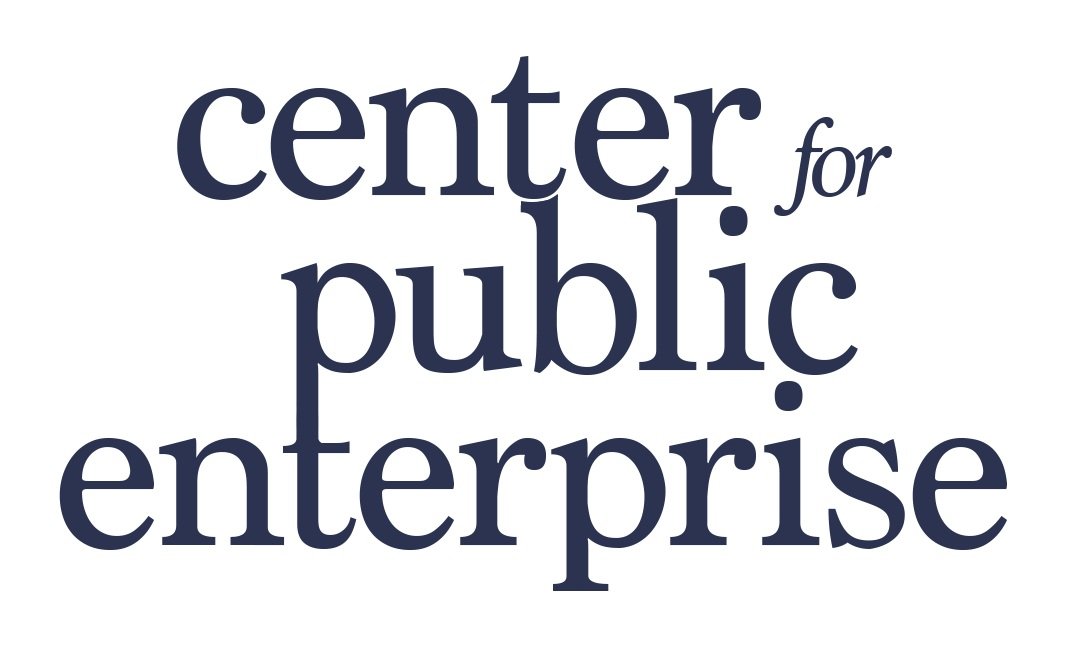Overreading into Underwriting, Part 2
This is the second of three posts in our underwriting series. The previous post—read here—explains how project finance underwriting at commercial banks works. This post dives into how underwriting interacts with the broader financial system to set the conditions for investment into crucial decarbonization priorities, with a focus on tax equity and municipal bond underwriting. Long story short, the conditions for investment are bad.
Part 2: Project finance—in this economy?
Underwriting becomes more complex to execute, and therefore more risky, when markets lack deep, elastic, liquid secondary trading markets, usually backed by dealers of last resort who will buy assets, at a discount, no questions asked. The lack of a dealer of last resort characterizes a variety of lending markets, including the tax equity market for the IRA’s tax credits, investment-grade debt for energy projects, and various forms of mezzanine (more flexible, higher-risk) financing. The debt products in those markets bear significant liquidity risk, on top of the risks of investing in nascent technologies with their attendant non-financial risks.
Project preparation in this environment requires increasingly intricate financial structuring—and renewable energy projects are extremely complex. Developers can access tax credits, but, because their projects usually don’t have tax liabilities large enough to make use of the full credit amount, they look to commercial banks to provide them with an equity injection in exchange for their tax credit being transferred to the commercial bank.
Tax equity financing, as it’s known, requires a specialized form of underwriting: tax credits carry their own unique risks, being contingent on the project both being completed and accessing as many credits as estimated by the developer at the time of the tax equity transaction. The tax equity piece of clean energy project financing has become even more complicated to assess the risk of, particularly thanks to new labor and other due diligence requirements in the IRA, prompting more participants to seek tax insurance options. Some market participants are encouraging peers to prioritize the costs of tax credit insurance over the value of the tax credits themselves. (See Figure 2 below for a stylized depiction of this process.)
The difficulty of underwriting tax credit finance means that only four large commercial banks even really participate in tax equity transactions for renewable energy projects, underscoring how dependent the clean energy transition currently is on a few tax equity-experienced underwriting shops. Those banks’ large tax liabilities are a large part of what makes underwriting tax equity transactions worthwhile. Market experts have not found a way to consistently standardize transactions across energy resource types and developers’ heterogeneous capital stacks. And investors rightly perceive this shallow and complex market as fragile. And there are more challenges: potential changes in tax equity risk management rules could, in the very near future, dissuade commercial banks from entering and structuring tax equity deals entirely.
Figure 2. Underwriting tax equity transactions requires underwriters to engage not just with a nascent market for energy project debt, but with risk-averse tax equity investors and tax equity insurance providers.
Municipal bond markets—another key potential financing source for financing public renewable energy development, not to mention other social investments of all kinds—are facing similar difficulties. Citi Group recently announced they would no longer underwrite and structure municipal bond issuances, depriving cities and local governments nationwide of a commercial bank partner whose deep expertise in (a) understanding their debt needs, (b) structuring muni bond issuances, and (c) selling them to interested investors allowed them to access longer-term debt financing for crucial social investments and capital spending. As with tax equity transactions, comparatively few banks underwrite municipal bonds—they are often complex both in financial structure and in expertise required to evaluate local governments’ current and future economic health, and credit rating agencies already constrain which municipalities’ bonds are considered “safe” investments. Citi’s exit means there is one fewer backstop in the market for muni debt, a worrying outcome for a deeply necessary but historically volatile asset class. (See Figure 3 below for a stylized depiction of this process.)
Figure 3. Municipal bond issuances usually see underwriters and participating secondary market lenders making financing decisions with regard to risk evaluations from credit rating agencies.
It makes sense that banks would be reflexively hesitant to underwrite deals involving fragile asset classes and complex financial covenants—particularly as higher interest rates and supply chain delays make the pace of investment more volatile.
But, where clean energy investment is concerned, this lack of reliable, scalable underwriting has implications for policy design. Fewer underwriters and bespoke transactions keep energy finance borrowing rates higher than they should be, even if we take as given the role of the Fed or the “real-side” uncertainties of energy lending, such as clogged grid interconnection queues nationwide. The smaller pool of existing market participants remain skittish, and their actual capacity to assess lending into the energy sector isn’t expanding nearly fast enough to meet the financing needs of large amounts of required new generation, electrification, load growth, transmission, building decarbonization, and other capacity.
Our view is that that policymakers should consider endowing green banks with greater underwriting capacities of their own. A publicly supported underwriting system to complement the current hodgepodge system will be more resilient and better equipped to catalyze the large volume of lending necessary to achieve national decarbonization priorities. We’ll focus on this argument in the next and final installment of this series, later this week.



